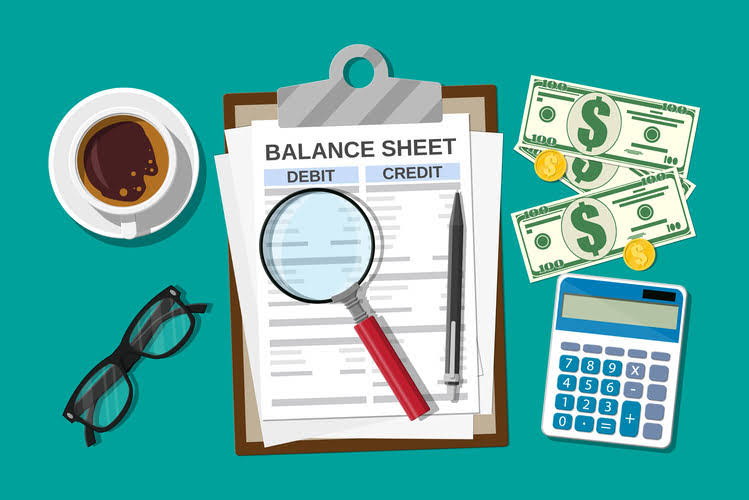
Management accounting helps businesses make financial decisions by internally analyzing the company’s situation. Tax accounting ensures companies are tax compliant and focus on company taxes. Financial accounting focuses on preparing financial statements and tracking financial transactions. Most small businesses, especially sole proprietorships and partnerships, use the cash accounting method. With this method, income is recorded when payments are received from customers.
Liability Accounts

Internal transactions (also known as non-exchange transactions) are those transactions in which no external parties are involved. Examples of such transactions include recording depreciation of fixed assets and realizing the loss of assets caused by fire etc. An accounting transaction refers to any business trial balance activity that affects finances. When something affects finances, it has to be recorded through an accounting transaction.

Examples of Accounting Transactions
- This can include cash transactions, such as when a customer purchases a print cartridge from your office supply store.
- Every time money moves in or out of the business, it’s recorded as a transaction.
- Then, each loan payment will be individual transactions until you pay off the loan.
- Accounts payable is a type of liability account that records the company’s obligations to its suppliers.
- With accrual accounting, a company records income when completing a service or delivering goods rather than when payment is received.
One of the most important concepts in bookkeeping is the use of debits and credits. Debits and credits are used to record financial transactions in the accounting system. Transactional accounting is the process that involves recording, summarizing, and reporting financial information. This process starts with identifying and accounting for accounting transactions as they occur. Usually, companies have a dedicated department to overlook this activity. Examples of transactional accounting include recording all financial transactions that occur in companies.
Revenue Recognition Convention
- Real accounts are used to track the changes in the value of assets over time.
- The method allows for revenue recognition during the different stages of the project completion, ensuring financial reports reflect ongoing progress.
- The next set of payroll transactions you’ll record will be simpler, notating how much your employee wages are after payroll tax deductions.
- These are the purchases that your business makes that aren’t business expenses, but they’re related to your business.
- The three main types of financial statements are the income statement, balance sheet, and cash flow statement.
Remember that a single transaction results in at least two journal entries in double-entry accounting but only one entry in single-entry accounting. Investors, lenders, and other creditors are the primary external users of accounting information. Investors may be deciding to buy shares in the company, while transaction analysis accounting lenders need to analyze their risk in deciding to lend. It is important for companies to establish credibility with these external users through relevant and reliable accounting information.

Transfer the journal entries to the general ledger, which consolidates all accounts and provides a detailed https://www.facebook.com/BooksTimeInc record of each account’s activity. Let us understand with an example how transactions are recorded using the double-entry bookkeeping method. Overhead costs are ongoing business expenses not directly attributed to creating products or delivering services. Rent, utilities, office staff wages, maintenance staff wages, supplies, equipment repairs, taxes, etc., are all considered overhead costs. It’s probably safe to say that everyone from sole proprietors to large corporations could benefit from hiring a good tax accountant. In fact, the larger the business, the more of a necessity it becomes.
- Accrual accounting records revenue and expenses a transaction of goods or services happens.
- Transactional accounting also involves recording and processing transactions when they occur.
- However, every time you invoice a customer, you automatically record an accounts receivable entry.
- All three types use transactions, but when you record the transactions differs.
- Posting a transaction to a credit card account moves it from the pending category.
- Business expenses are recorded when the products or services are received.
Convention of Consistency
External transactions (also known as exchange transactions) are transactions in which a business exchanges value with external parties. Normally, all business transactions other than internal transactions are external transactions. These are the usual transactions that a business performs on daily basis. Normally, a large number of transactions performed by a commercial entity consists of external transactions.